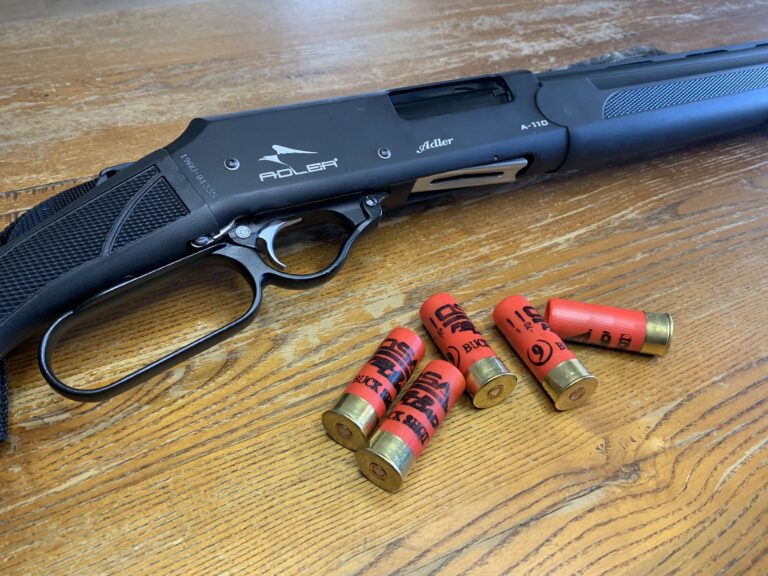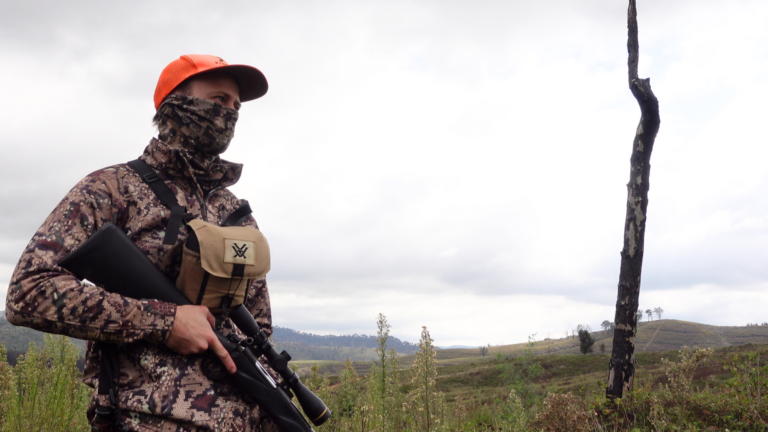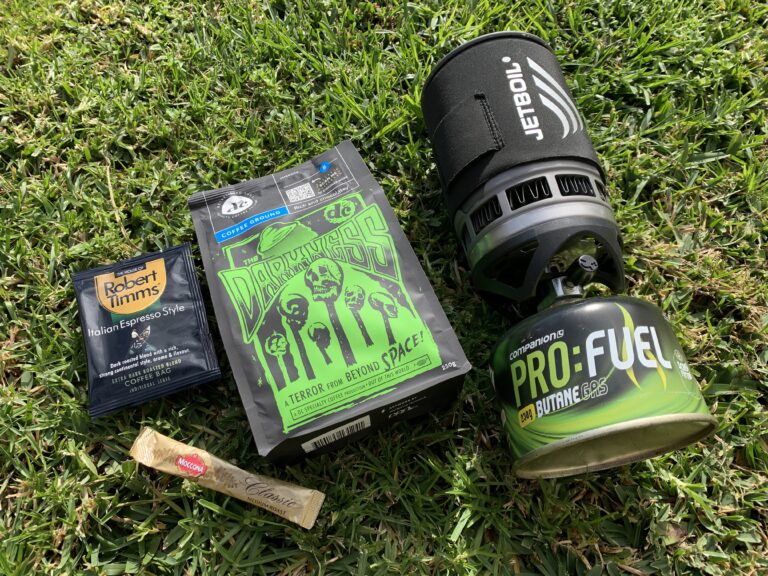Are you tired of your crab traps being raided or stolen? Do you question why you still follow the rules while others blatantly do the wrong thing? If you answered yes to either question, this is the guide for you. In this guide, I discuss the topic of damage and loss prevention for crab traps. This includes aspects of human interference and some lesser-known factors that may appear as the tell-tale signs of sabotage.
Let’s start with the burning question on everyone’s mind when unexpected damage or loss occurs – what happened to my trap?
What happened to my trap?
“The world doesn’t stop when you’re not around.” You’ve probably heard some variation of this phrase spoken throughout your life. In all likelihood, your parents would have imparted this little nugget of information to explain why you had missed out on something fun or exciting. Unfortunately, as you are no doubt aware, this statement will also apply to the waters of your local estuary.
Marine environments are a fluid ecosystem (pun intended). Once your trap hits the surface of the water, external forces will slowly begin to interact with your bait and the outer framework of your trap. The longer the trap is left to soak, the greater the possibility that damage may occur, or the trap could disappear. While theft and sabotage have become more common in recent years, it’s important to understand that your trap-related woes will not always come as a result of criminal activity. Environmental factors, marine life, and in some cases – a lack of experience may lead you to face these issues. I’ve listed a few of the most common scenarios below, along with a few suggestions on how to avoid them.
Common issues
Raided or empty traps
Returning to an empty trap – devoid of bait or crabs can be frustrating. After all, you’ve given up your free time to scout a location and set your trap, only to have someone, or something, reach inside and take your hard-earned catch. That’s enough to ruin anyone’s day. Putting aside the issue of human interference, one major factor that may have led to this unfortunate discovery could be your chosen method of bait retention, or lack thereof.
Any trap set without a bait clip or bait pouch will make for easy pickings by an opportunistic crab or octopus. Our target animal – regardless of species, will use its claws to tear and crush your bait into tiny bite-sized pieces. Without protection from a bait pouch, most of your bait will be consumed throughout this feeding process or washed away as small particles in the tide. A bait clip may not prevent this from occurring. However, it will stop an opportunistic sea creature from grabbing hold and removing the bait from your trap. Ideally, you will use both of these products together. This allows for the pouch to be easily filled while above the water line, before being secured into the trap, and set in the water.
Why is bait protection so important? Once your bait has been depleted (emptied), crabs and other aquatic life will attempt to escape from your trap in search of an alternative food source. The more bait that remains inside your trap, the greater the likelihood that you will retain your current catch while luring in other animals. Reducing your soak time up to a maximum of 24 hours will also ensure that you have an adequate supply of bait in your trap, while it remains in use.
Theft or missing traps
The only thing worse than retrieving an empty trap is returning to your set location and not being able to locate the trap at all. When confronted with this situation, theft will likely be the first thought that crosses your mind, and for good reason. Trap theft has become a widespread issue across the eastern coast of Australia – with the designated school holiday periods producing the highest rate of occurrence. However, that’s not to say that theft is the only cause of a missing trap. Before placing the blame on tourists or local teenagers, take a moment to analyse your surrounding environment for other potential causes –
Was the trap placed in fast-moving tidal waters?
Did you adjust the length of your float rope to account for the rising tide?
Each of these factors will cause your trap to seemingly disappear from the waterway. A trap placed in fast-moving water is likely to be swept away with the current, whereas any trap that is set with an undersized float rope will remain hidden beneath the surface of the water until the tide recedes. Pre-scouting your set locations, researching tidal forecasts, and adjusting your equipment and location accordingly, will assist you in avoiding any future losses. If you are still intent on placing your trap in fast-moving water, you should consider the use of additional weight in your trap to prevent it from being dragged away in the current. This can be as simple as cable tying offcuts of steel rebar, or half bricks inside your trap, spaced evenly around the inner perimeter of the floor.
Cut ropes and missing floats
Have you ever returned to your trap, only to find the float missing, and the trap resting 6 feet below you on the river bed? For many newcomers, the answer to this question will be a resounding yes. Social media groups are often littered with stories relating to this issue. Yet, despite what many commentators would have you believe, this issue is more likely to be caused by an accidental ‘prop strike’ – as opposed to a deliberate act of sabotage. So, how does an accident prop strike occur?
In all likelihood, you may have unknowingly placed your trap in the main thoroughfare (travel route) of a waterway, or around a busy mooring site. Many large vessels that frequent these areas cannot see surface-level obstacles, such as your crab trap float. Due to their size and handling characteristics, they also lack the maneuverability to avoid these obstacles when spotted at close range. The unfortunate casualty of this situation will be your float and the attached rope – at a minimum.
Beyond the damage to your trapping gear, any float rope that is too long will be a major safety hazard for other watercraft operators. This is due to the tendency of ropes to float near the surface of the water. As the float drifts with the tide and pulls the rope taut (tight), an oversized rope will stretch out and cover a large area. This presents a risk of entanglement which may disable the steering or propulsion method of the watercraft, and in some cases, injure those aboard as they attempt to cut the rope free.
Luckily, the way to avoid this is simple – set your traps a minimum of 100m away from mooring sites, and off to the side of the main channel in the waterway. Ropes should also be bundled and tied off, and/or weighed down to minimise the risk of entanglement with passing watercraft. This should be done around 1.5 – 2m below the float to prevent ‘bunching’ near the surface of the water.
Cut or damaged traps
Nothing kills the excitement of pulling up a trap, quite like finding damage to the trap frame or netting. The frustration doesn’t just apply to the loss of a day’s catch. It’s compounded by the cost and added inconvenience of having to purchase and configure a new trap to match the conditions of your local estuary. So, who, or rather – what, is causing the damage?
Most fishermen will swear they “know a guy, who knows a guy” who does this sort of thing. A bloke who is protective of his local fishing “honey hole”, and doesn’t like to share it with tourists or outsiders. As the story goes, this bloke will steal, cut, or otherwise destroy any traps that he finds to scare people away from his spot. While this makes for a good pub story, it’s almost certainly b/s. Looking at this situation from an objective point of view, it’s more likely that you’ve had a visit from the man in the grey suit. That’s right – a shark!
There is plenty of evidence to support this theory on social media, and unfortunately, there’s not a whole lot that you can do to stop it. Sometimes you just need to “cop it on the chin”, retrieve what remains of your trap, and move on…
Finding your lost crab trap
When searching for a lost trap, it’s best to use a linear or grid-style search pattern to increase your chances of recovery. Start by drifting over your original set location, working your way from the shore outwards toward the main channel with each successive pass. If you are unsuccessful in locating your trap, repeat this search pattern further downstream – in line with the natural flow of the water.
Crab trap retrieval
If you do find yourself in a situation where your rope (and float) has been separated from your trap, and the trap can be visibly seen from the surface – a grapple anchor may be used to recover the trap. In calm waters, the grapple should be thrown over the top of the trap and slowly pulled toward the boat to snag the netting or the frame. In fast-moving waters, you will be required to use this same process while drifting over the top of the trap. Bear in mind the grapple should always be thrown in the opposite direction to which the current is flowing. This will prevent the rope from snagging on the propeller or rudder system of your boat.
Safety notice: While it’s never recommended to abandon a trap, the safety of yourself and your crew should always remain your number one priority. In adverse weather conditions, it may prove to be a smart decision to attempt retrieval another day when weather and tidal conditions have improved.
How to prevent human interference
I’ve referenced human interference several times in this guide already. However, I have yet to discuss the appropriate prevention techniques to deter these would-be thieves or saboteurs. So here it is – The majority of thieves are opportunistic. This means they will generally look for targets that are left unattended, have been abandoned, or are located in an area where there is a low risk of getting caught. There are several ways to deter these people from tampering with your trap. Depending on where you source these strategies from, the advice you are given may not always be legal. This is especially true for comments on social media. Many will suggest that you braid chemically sharpened hooks into your rope, or remove the rope altogether and sink your traps. Not only are these actions unethical, you could face significant fines, or even criminal charges if someone is injured by your chosen course of action. Remember, criminals are not the only people who will interact with your traps. State fisheries officers may also inspect your gear while undertaking routine compliance operations. As with most things, my advice is to avoid the majority of what you read on social media, and instead consider using the strategies listed below.
Cable tie your trap
A single cable tie can be used to “lock” the roof opening hook and the outer frame of your trap together. This will provide you with a small amount of protection against trap raiding. More importantly, it will allow you to determine if your trap has been tampered with by a human, or if other factors are at play.
Stay close to your set location
It doesn’t matter if you’re camped up for the night, or out fishing on your boat – staying within visual range of your traps will reduce the risk of someone interfering with your gear. Even the most brazen of criminals would rather avoid confrontation. After all, the sight of a boat steaming towards them during the daytime is likely to put the ‘wind up’ just about anyone. If leaving your trap out during the night, it’s recommended that you keep a good torch handy, and listen out for any boats that are slowly motoring through the area in the dead of night. If you do happen to catch someone, the act of simply yelling out, combined with the overpowering light emitted from a quality torch will usually be enough to make them drop the trap and flee into the darkness.
Side note – Speaking of quality torches, this Olight link is our official ‘affiliate link’ with the Olight company. Any purchase made through that direct link will provide Oz Fish and Game with a small financial kickback. These funds are used to maintain this website and allow us to create a wider range of content.
Take photos or videos
“A picture speaks a thousand words”. This is an adage used to convey that multiple ideas can be expressed in a single image. In this case, the two most important words will be ‘evidence’ and ‘guilty’. We’ve all got access to camera and video hardware in our mobile phones. Use it to collect evidence, and pass it on to your local authorities.
If you decide to leave your traps unattended, you should consider placing a trail camera nearby to watch over your trap. High-end models will come with inbuilt SMS functionality, meaning the device will notify you immediately if anyone is near the camera or your trap. Aside from this advanced SMS functionality, all trail cameras will provide you with clear images of the perpetrator which can be used as evidence against them.
Note: When placing a trail camera, care should be taken to avoid damaging our native plant species, such as mangroves. These trees play an important role in maintaining the health of our local ecosystem, and as a bonus, they provide shelter for our target species of animal.
Report illegal or suspicious activities
This suggestion will make some people uncomfortable. However, members of the recreational fishing community should report all illegal or suspicious activity to their local fisheries department for further investigation. This approach has been proven to reduce the number of compliance issues in local catchment areas, provided that members of the community maintain awareness of what is happening in their general surroundings, gather the appropriate evidence, and pass it on to compliance officers. Common signs of illegal or suspicious behaviours may include:
- Water craft traveling slowly through the area at night, without navigation lights turned on,
- Paranoid behaviour – i.e. nervous or fearful mannerisms while checking the trap, and;
- Strange behaviour – i.e. throwing a trap back into the water without rebaiting it, or failing to close the roof entry point of the trap.
When collecting evidence, try to focus on the most important details first, such as the vehicle registration numbers on a car, or hull identification numbers on the boat. Next, write down an accurate description of the perpetrator(s), including their gender, approximate age, ethnicity, and the clothing they were wearing at the time. The final piece of information that you will require is the date, location, and approximate time the incident occurred.
Why it’s important to differentiate between human interference and environmental factors
If you’ve read this far into the article, you’re probably wondering why it’s important to differentiate between human and external factors. The answer is simple – Every time a comment is made online, or a report is filed that relates to illegal fishing activities, the reputation of the recreational fishing community comes under fire. If we wish to maintain our current fishing access and rights, we need to curb any speculation or assumptions about damaged or missing gear and stick with claims that can be backed up by evidence. A prime example of what can happen if we fail to change how we approach these matters is the removal of tidal water access from bowfishers in NSW. When the legislation that applied to bow fishing came under review back in 2021, the doors were opened up to community feedback (or consultation). Numerous submissions were made against bow fishing – citing concerns over fish identification, and the ability of a participant to determine if a fish was of ‘legal’ size. Despite these claims being completely unfounded, bowfishers in NSW lost their right to fish in tidal waters. This decision marks a dangerous precedent when looking at the future of recreational fishing, as it serves as proof that speculation and assumption can override expert opinions and proven facts.










